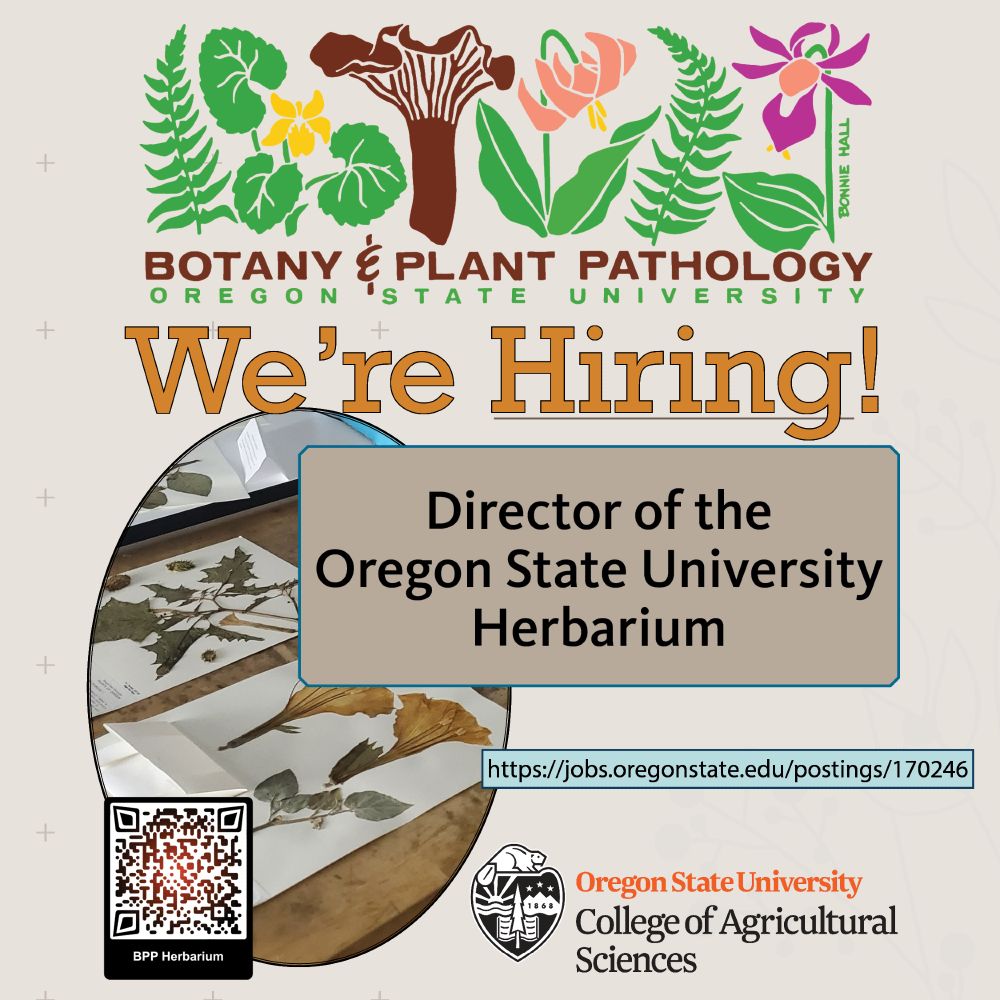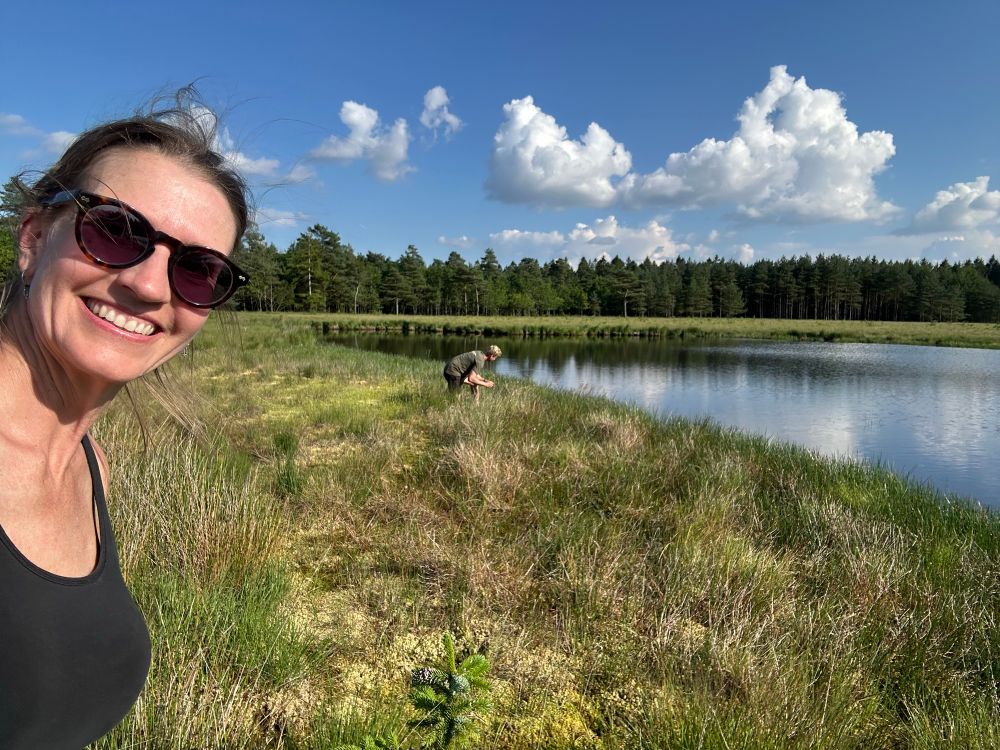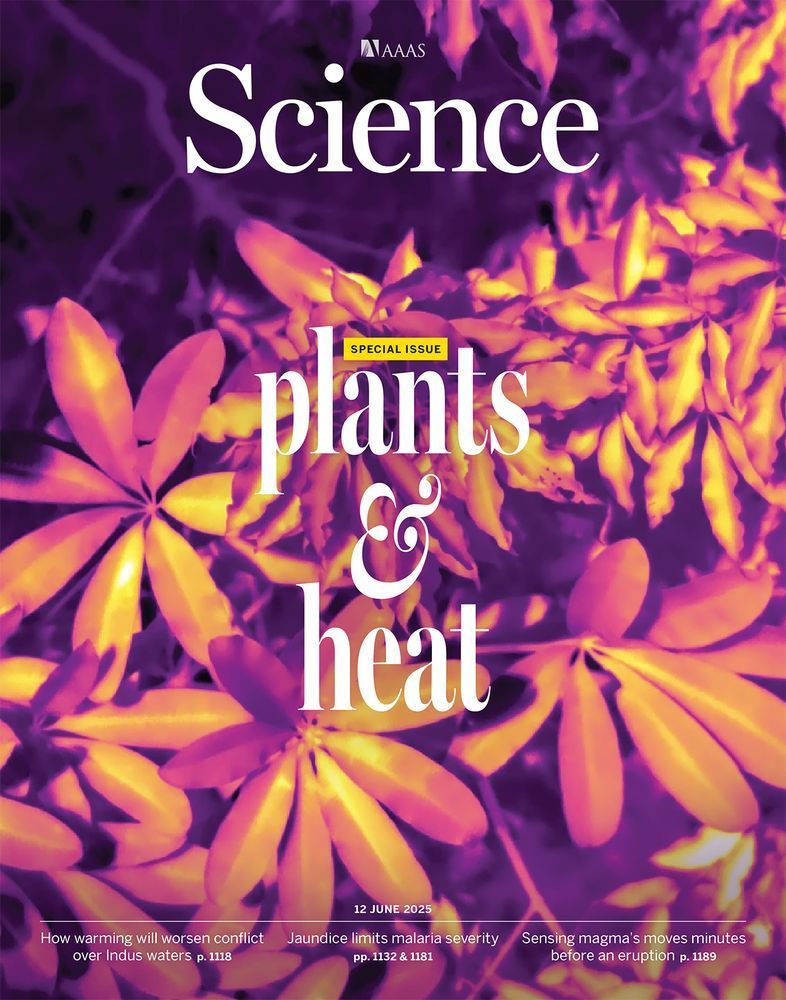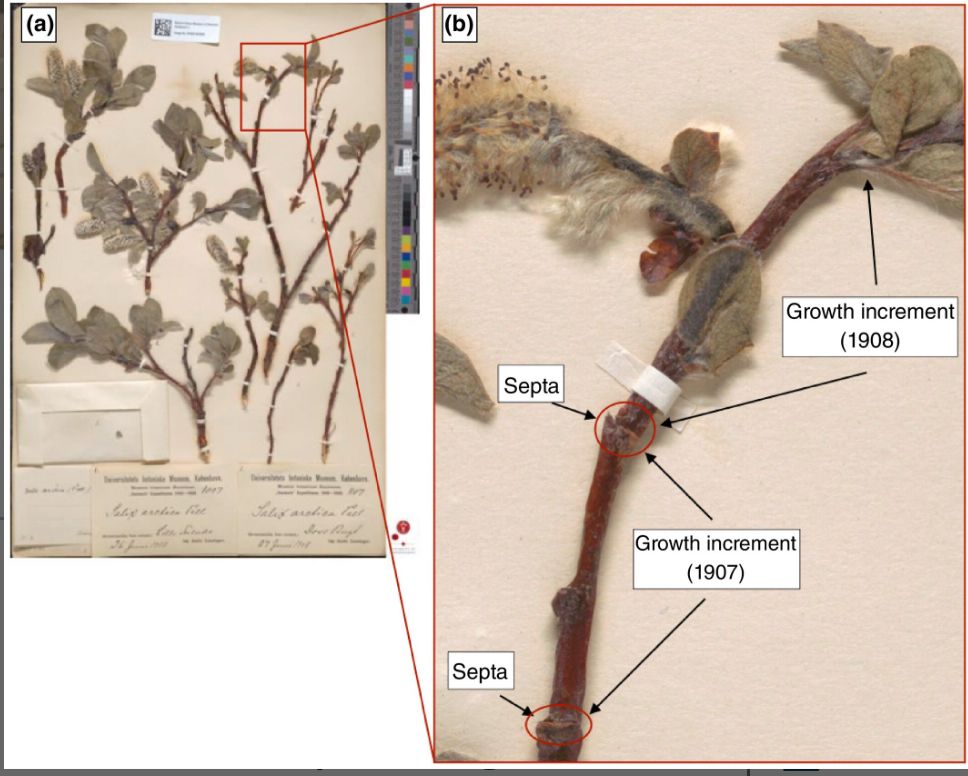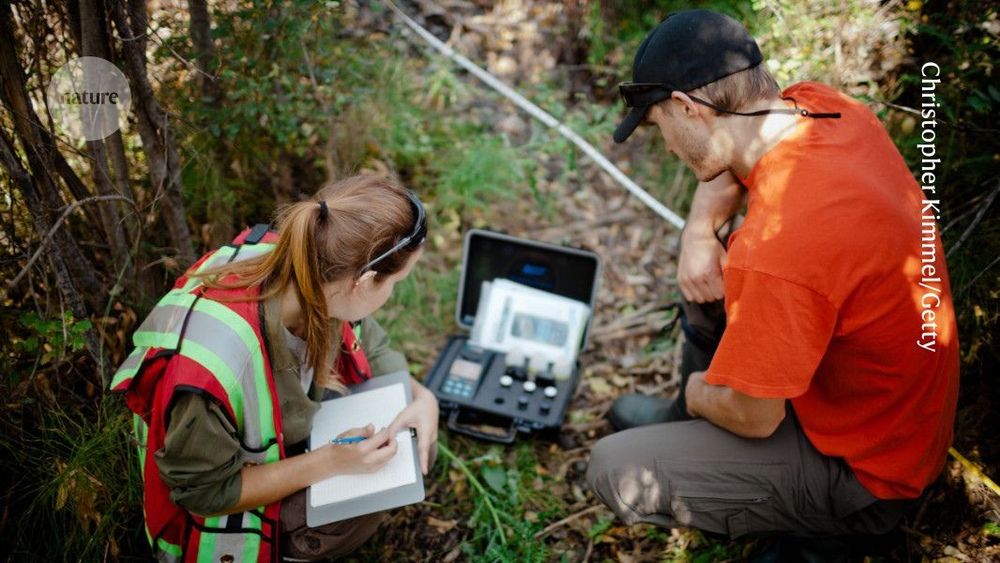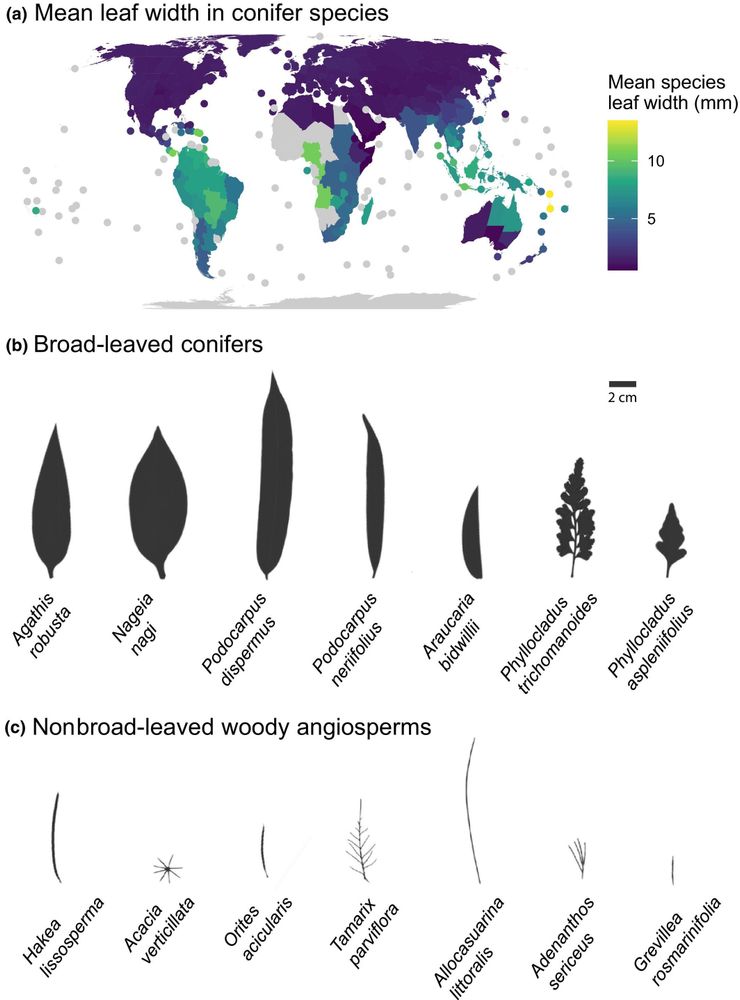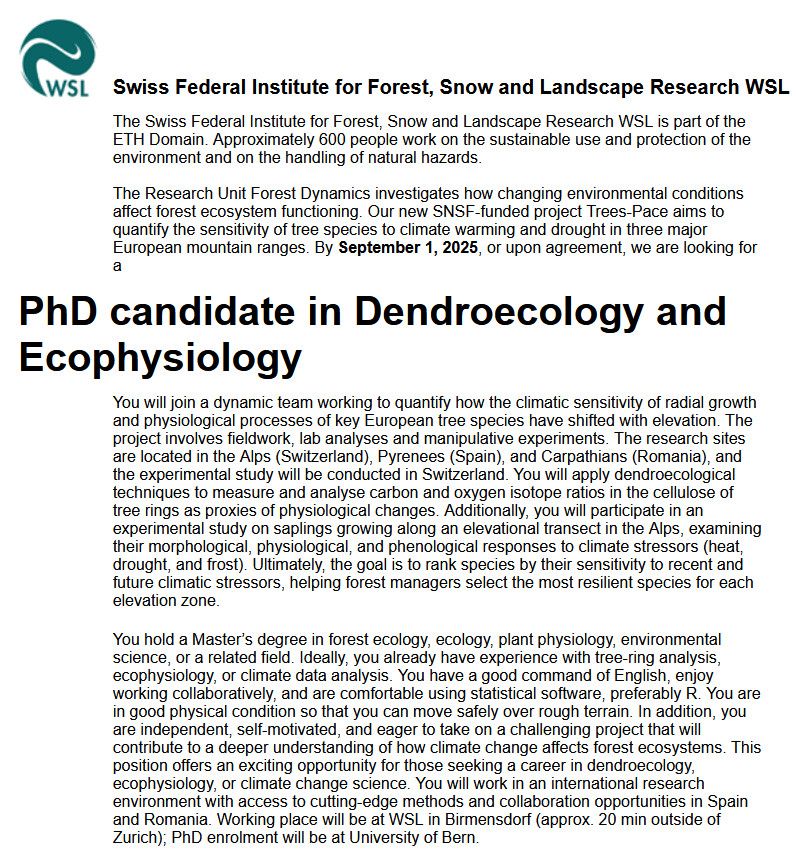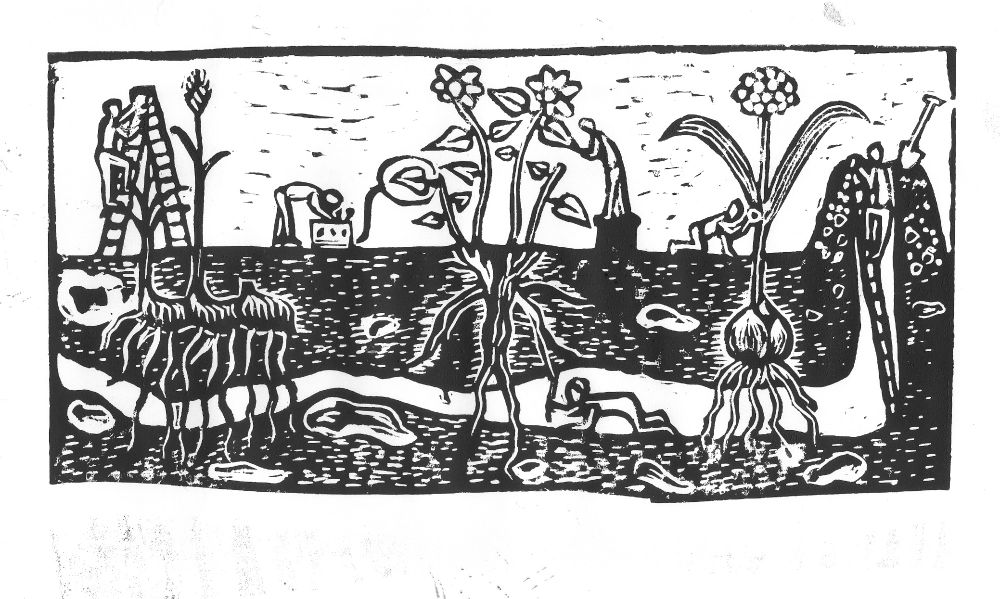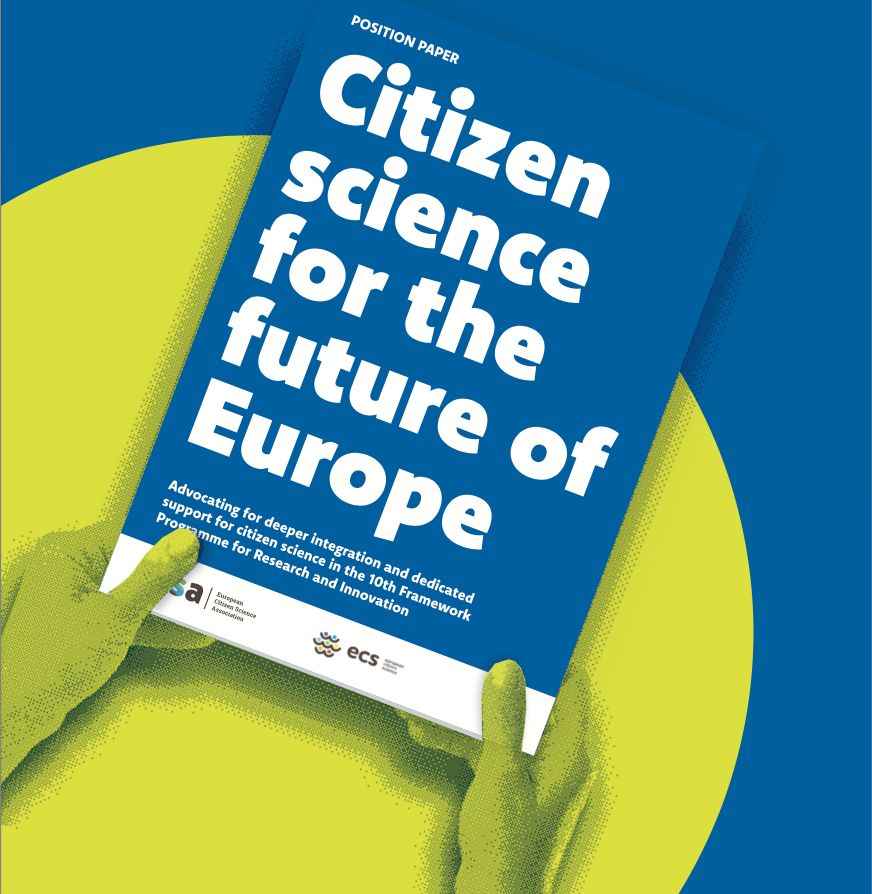Natalie Ahlstrand
@natalieahlstrand.bsky.social
200 followers
210 following
20 posts
Botanist | Assistant Professor & Curator | Natural History Museum Denmark | Science & Society
plant phenology & traits, herbaria, digital museum collections, citizen science, lychophytes, graminoids, peatlands, arctic plants, wild food plants
Posts
Media
Videos
Starter Packs
Reposted by Natalie Ahlstrand
Reposted by Natalie Ahlstrand
Reposted by Natalie Ahlstrand
Reposted by Natalie Ahlstrand
Reposted by Natalie Ahlstrand
iNaturalist
@inaturalist.bsky.social
· Jun 12

iNaturalist receives grant to improve species suggestions
iNaturalist is excited to announce an award from Google.org Accelerator: Generative AI to help build tools to improve the identification experience for the iNaturalist community. The project we propos...
www.inaturalist.org
Reposted by Natalie Ahlstrand
Reposted by Natalie Ahlstrand
Reposted by Natalie Ahlstrand
Reposted by Natalie Ahlstrand
Reposted by Natalie Ahlstrand
Reposted by Natalie Ahlstrand
Iris Hordijk
@iris-hordijk.bsky.social
· May 23
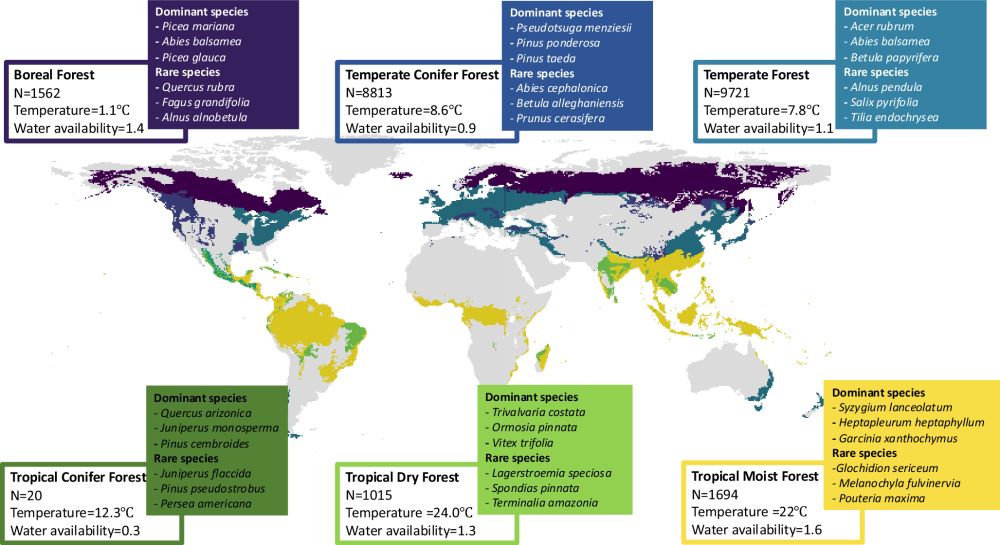
Effect of climate on traits of dominant and rare tree species in the world’s forests
Nature Communications - Species’ traits and environmental conditions determine the abundance of tree species across the globe. Here, the authors find that dominant tree species are taller and...
rdcu.be
Reposted by Natalie Ahlstrand
Reposted by Natalie Ahlstrand


